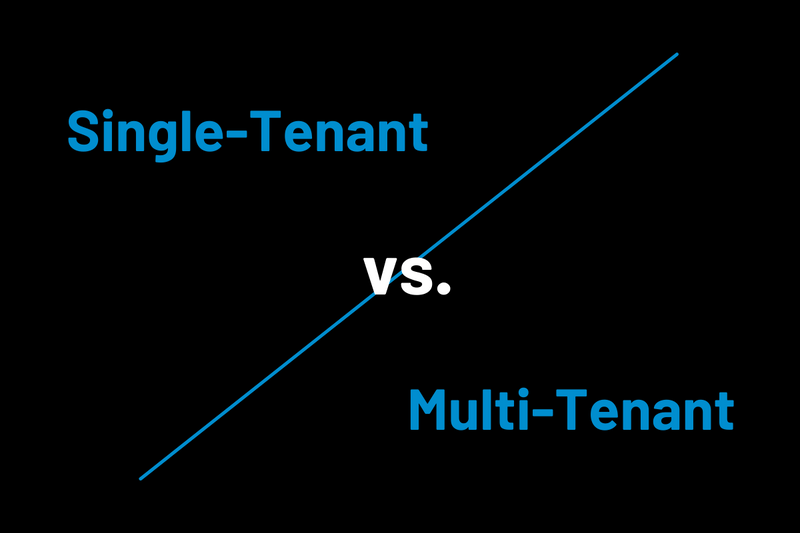What is a Single-Tenant Property?
A single-tenant property is a commercial space leased to just one tenant. It could be an office, retail store, or industrial facility. Examples include fast-food restaurants or corporate office buildings.
What is a Multi-Tenant Property?
A multi-tenant property is leased to several tenants. Each occupies a separate space within the building. Examples include shopping centers, office buildings, and industrial complexes.
Pros of Investing in Single-Tenant Properties
Stability and Simplicity
Single-tenant properties offer a stable income stream, especially with long-term leases. They are easier to manage because you deal with only one tenant and one lease.
High-Quality Tenants
Many single-tenant properties are leased to well-established businesses. National brands or large corporations often lease these spaces, providing reliable, financially stable tenants.
Long Lease Terms
Single-tenant leases are typically long-term, offering years of steady rental income. This can be ideal for investors seeking long-term financial stability.
Cons of Investing in Single-Tenant Properties
Vacancy Risk
If the tenant leaves or defaults, you lose all rental income. This is a significant risk if your property is specialized or the tenant is a single business.
Limited Flexibility
If the tenant vacates, it can be challenging to quickly replace them, especially in a niche market. You may face long vacancies.
Tenant Dependency
Relying on a single tenant means that if the tenant faces financial struggles, your income is directly impacted.
Pros of Investing in Multi-Tenant Properties
Diversified Income Stream
With multiple tenants, you have a more reliable income source. Even if one tenant vacates, others can help fill the gap, reducing the financial impact.
Lower Risk
Multi-tenant properties are less risky because you’re not reliant on one tenant. If one leaves, the others still contribute to your income.
Growth Potential
The rent in multi-tenant properties can increase more often, as you lease to different tenants. This can lead to higher property value over time.
More Leasing Flexibility
You can rent to tenants with different needs. This makes multi-tenant properties more adaptable to market changes.
Cons of Investing in Multi-Tenant Properties
More Management
Managing several tenants requires more work. You’ll need to handle multiple leases, maintenance requests, and billing. This increases your management responsibilities.
Tenant Turnover
Tenant turnover can be more frequent in multi-tenant properties. Each unit needs to be filled quickly to avoid losing rental income.
Operating Costs
Multi-tenant properties often come with higher operating costs. You’ll need to maintain common areas and manage utilities, which can eat into your profits.
Which Should You Choose?
Both types of properties come with their advantages. Single-tenant properties offer stability and ease of management, but they carry the risk of relying on one tenant. Multi-tenant properties provide a diversified income stream and lower overall risk, but they require more management and incur higher costs.
Conclusion
Choosing between multi-tenant and single-tenant properties depends on your investment goals. If you’re looking for long-term stability and are comfortable with potential vacancies, single-tenant properties may be right for you. If you prefer lower risk and diversified income, multi-tenant properties could be the better option.


 Facebook
Facebook
 X
X
 Pinterest
Pinterest
 Copy Link
Copy Link


